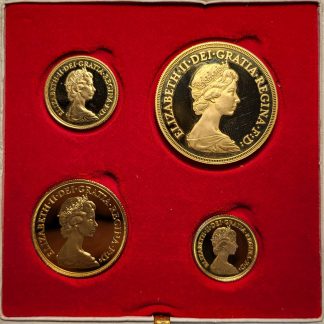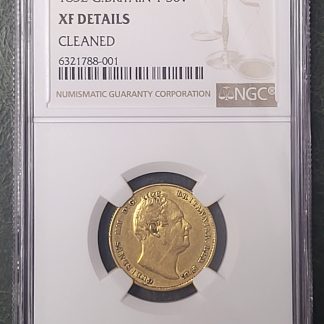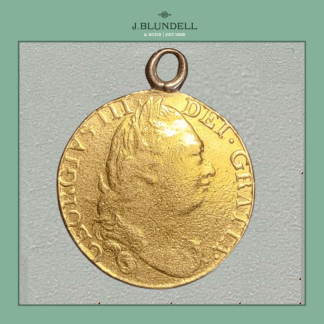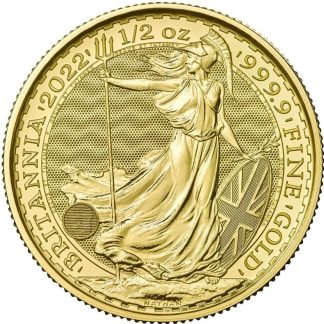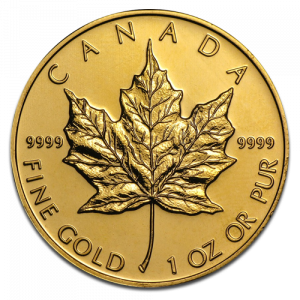Description
The George III Guinea is an esteemed artifact in the world of numismatics, carrying with it a rich narrative from a pivotal era in British history. Minted during the rule of King George III, from 1760 to 1820, and these ‘spade / shovel’ shaped guinea was minted between 1987 and 1799.
Far more than mere currency, George III Guineas embody Britain’s illustrious past, making them a desirable acquisition for collectors and history enthusiasts. Their exquisite design and meticulous craftsmanship set them apart, introducing an additional layer of artistic value to their monetary and historical worth, rendering them highly collectible.
Portrait: The obverse of the coin features the fifth laureate portrait of King George III, as crafted by the skilled engraver Lewis Pingo. The King’s likeness is vivid and regal, providing a direct visual link to the British monarchy in the late 18th century.
Legend: Surrounding King George III’s portrait is the legend “GEORGIVIS·III DEI·GRATIA·” which translates as “George the Third by the Grace of God”. This inscription affirms the divine right of the monarch and the legitimacy of his reign.
Reverse Design: The reverse the coins exhibits a crowned spade shaped shiel, first designed in 1787. The date is neatly engraved at the bottom of the pointed spade-shield crown, marking these coins as products of a significant year in British history.
Material & Size: The coin is struck in 22-carat (.9167) gold, boasting a warm hue and fine luster. Full guinea has a weight of 8.34 grams and a diameter of 24mm. The coin features a reeded edge, giving them a distinctive tactile quality.
Historical Significance: The coin commemorates the reign of King George III (1760-1820), one of Britain’s longest-reigning monarchs. His reign was marked by significant events such as the American Revolutionary War and the beginnings of the Industrial Revolution.
Artistry: The design and craftsmanship of these coins testify to the skills of renowned engravers Lewis Pingo. The intricate work resulted in coins that are not only monetary instruments but also works of art that reflect the aesthetic tastes and heraldic traditions of the time.
(Actual Image)



